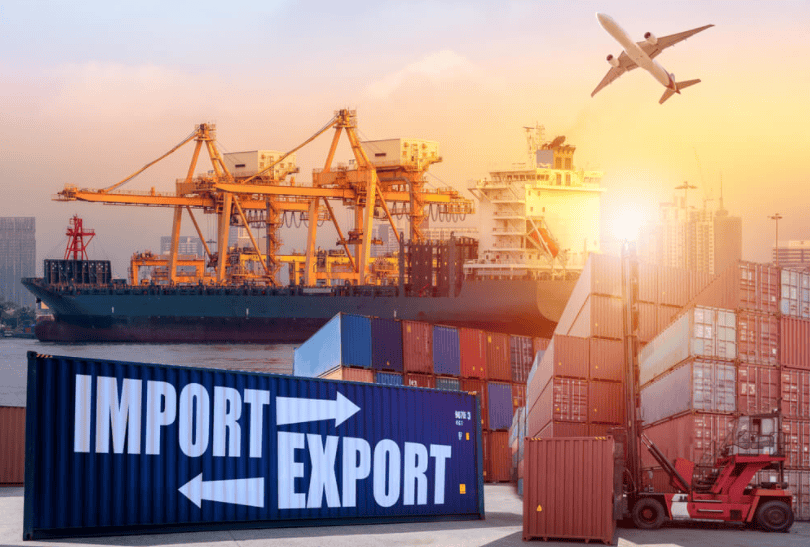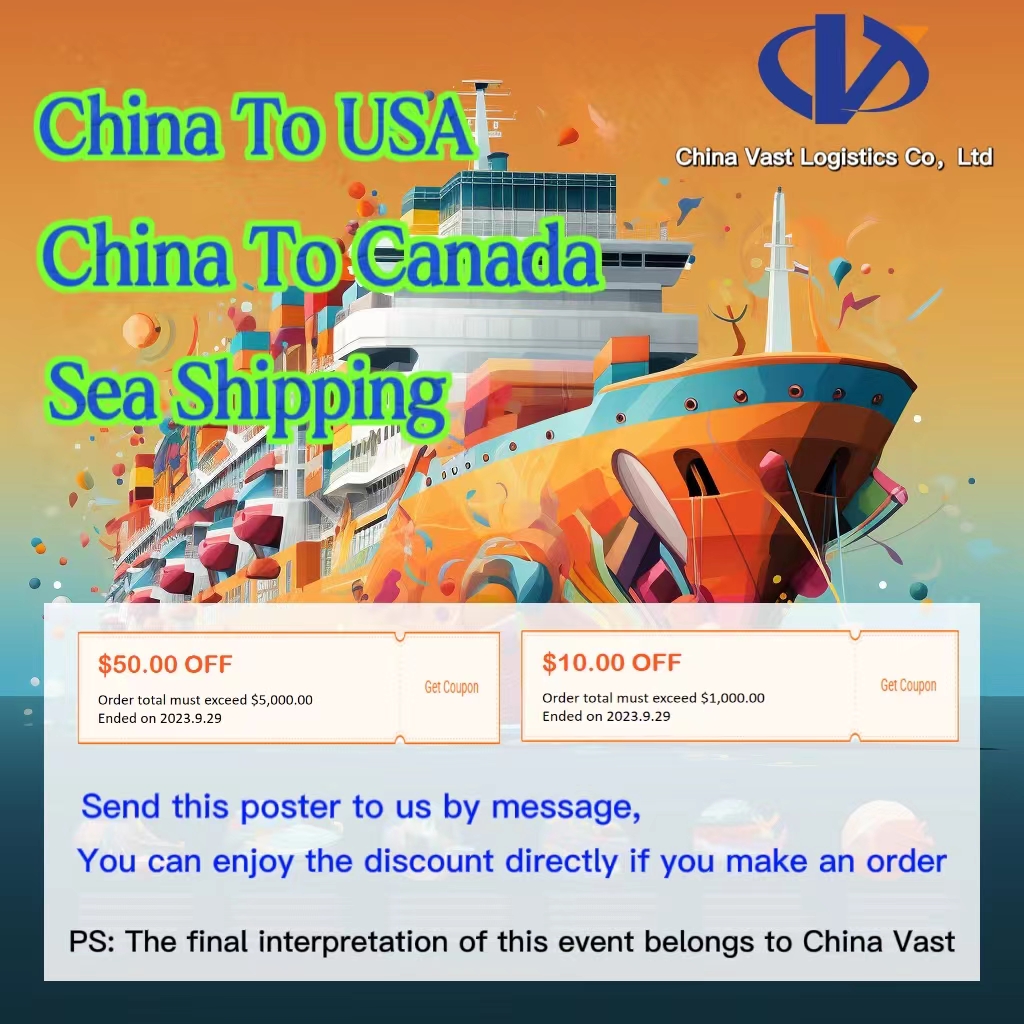●Product positioning and competitiveness analysis Researching the national market, identifying competitive categories of imported products, and examining potential competitors.
●Quality and reliability The quality of the product is critical. Carefully evaluate the quality control systems of your Chinese suppliers and review their quality certifications and production records to ensure that they are able to deliver high-quality products.
●Cost is an important consideration, including the purchase price, transportation costs, tariffs, and other related fees. Comparisons are made with different suppliers to ensure that competitive prices are obtained.
●Legal and Compliance Requirements: Knowledge of Chinese laws and trade regulations is essential. Ensure that contracts and transactions with suppliers comply with all relevant laws and regulations and adhere to international trade rules.

●Risk management: assess the various risks associated with imports from China, including currency risk, political risk, natural disaster risk, and intellectual property risk. Take appropriate measures to minimize the impact of these risks.
●Culture and communication: establishing effective cultural and linguistic communication and understanding cultural differences.
●Security of payment methods Choose relatively reliable payment methods, such as letters of credit, cash on delivery, etc., to reduce the risk of capital.
●Relevant licenses and procedures Know in advance the customs, inspection, and quarantine procedures for the imported goods and have all the documents ready.
●Follow-up after-sales service Consider after-sale support and service for the item.
Related Read: The Complete Guide to Sourcing from China

Welcome to CHINA VAST GROUP, a distinguished enterprise established in 2005. As a leading service provider in China, we specialize in international logistics and supply chain services, with a commitment to innovation, mutual benefit, and win-win partnerships. We operate through three principal divisions: CHINA VAST LOGISTICS CO., LTD., VASTFORTUNE STORAGE AND TRANSPORTATION CO., LTD. and VASTREACH SUPPLY CHAIN CO., LTD., each dedicated to excellence in their fields.
